- Make It Yourself Lavender Heart-Shaped Bath Bombs!
- 20 Things You Never Knew About “Down There”
- 12 Best Foods For Those Suffering From Arthritis Pain
- 12 Personal Hygiene Mistakes Almost Everyone Makes (Mom Never Told You About #4!)
- 15 Medicinal Plants And Herbs From The Cherokee People
- 12 Mind-Blowing Benefits Of Drinking Coconut Water During Pregnancy
- 12 Outstanding Winter Foods That Won’t Fatten You Up Like A Christmas Turkey
15 Foods You Aren’t Eating But Should Be (# 4 is Really Good!)

Photo credit: bigstock.com
Ok, so you eat kale, drink bone broth, and brew your own kombucha, but there are some super healthy foods you never give a second thought to- but you should!
There are plenty of healthy foods that probably never see your shopping cart, others that you may never have heard of, or some of these you might have simply forgotten about. So keep reading and find out the 15 super nutritionally dense foods you probably aren’t eating but that you will be after you read this list!
1. Cabbage
Although most Americans only see cabbage when they order coleslaw at a fast food restaurant, it’s a major ingredient in most Asian and European food. Perhaps that is why these countries have lower rates of cancer. With only 22 calories per cup, eating cabbage will fill you up but not fill you out! It’s loaded with sulforaphane, a chemical that increases your body’s production of free radicals, as well as reduces your risk of cancer.
One study done at Stanford University found that eating foods that are high in sulforaphane increases your levels of these cancer fighting compounds more than any other plant. Add cabbage to your burgers, your salads, or add it to your sandwich for a unique topping.
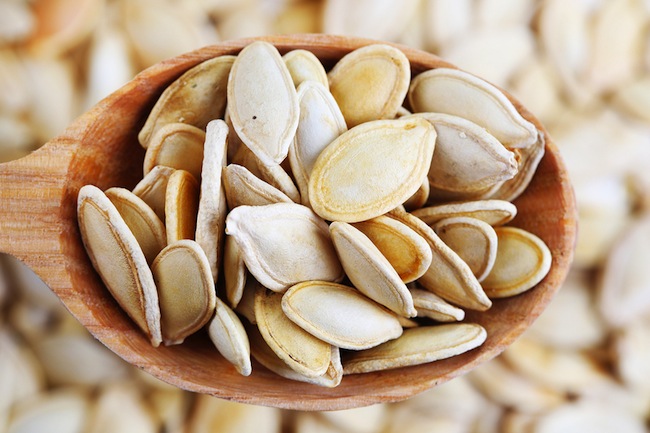
Photo credit: bigstock.com
2. Pumpkin Seeds
You probably haven’t eaten pumpkin seeds since you were a kid, but these are perhaps the most nutritious part of the pumpkin! They are a great source of magnesium, which most people are deficient in. One study done in France showed that men who had the highest levels of magnesium had as much as a 40 percent lower risk of early death than those who had low levels of this mineral.
If you like the crunch, eat the shells as these will give your body extra cancer fighting power through their fiber. Just one ounce of pumpkin seeds has 150 mg of magnesium per ounce. Pumpkin seeds are a super tasty snack and fit in a pocket or purse so you can munch them anywhere, anytime! Read more about pumpkin seeds and their benefits.

Photo credit: bigstock.com
3. Watercress
Most people walk right past watercress and go straight for the arugula or romaine lettuce but this little leaf packs a powerful nutritional punch. Like most greens, it has plenty of vitamin A, vitamin C, and beta-carotene, but the surprising thing about watercress is that it has tons of calcium as well as the vitamin K that you need to absorb it! Watercress also has protein and fiber, plus plenty of antioxidant power.
The American Journal of Clinical Nutrition published a study which showed that people who ate watercress regularly had higher levels of antioxidants in their bodies and less DNA damage because of it.

Photo credit: bigstock.com
4. Sauerkraut
You already read about all the nutrition and cancer protection in cabbage, but fermenting it turns this already healthy veggie into a probiotic powerhouse. Sauerkraut has half of your daily recommended intake of vitamin C, all the vitamin K you need for one day, beta-carotene, and a compound called DIM (diindolylmethane) which has been shown to offer powerful protection from cancer. Fermented foods such as sauerkraut have good bacteria that improve digestion but stop inflammation in the body. If you are vegan and don’t eat dairy, this is a great way to get your probiotics!
Although you could just take probiotic supplements, the bacteria in your digestive system really need fiber to help them thrive and do their work properly. Always buy raw, unpasteurized sauerkraut as the other types have been cooked under such high temperatures that this healthy food loses a lot of its nutritional and probiotic punch.
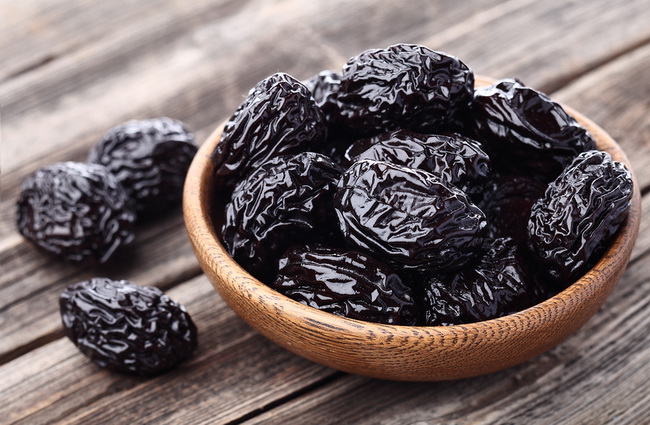
Photo credit: bigstock.com
5. Prunes
If you read the word ‘prunes’ and immediately thought of constipation, you aren’t alone. They do work great for that problem but they have so many other health benefits that you should eat a few every day, even if you aren’t constipated. Dried plums have high levels of chlorogenic and neochlorogenic acids. These are special antioxidants that are great when it comes to fighting a particularly nasty type of free radical called superoxide anion radical. This ugly guy causes damage to your body on a cellular level. In fact, it causes so much damage that it’s thought to be one of the main causes of certain types of cancer.
Prunes have also been shown to greatly increase bone density, something that is super important for post-menopausal women. Aim to eat 6 prunes every day. Spacing them out through the day will help keep you from getting the trots.

Photo credit: bigstock.com
6. Seaweed
You’re making a face right now, aren’t you? Read a little more before you dismiss this super food! If you have been buying sea salt or Himalayan salt, you might have an iodine deficiency and not know it. Although we don’t need much, we do need some iodine for proper thyroid function. If you are feeling tired or gaining weight and can’t figure out why, you might need more iodine.
You don’t have to go back to regular table salt – you just need a little seaweed! This sea vegetable is high in iodine and those all-important free radical fighting antioxidants. If you can’t stand the taste of that seaweed salad, try some seaweed cream on your skin so you can get all the iodine and antioxidants your body needs!

Photo credit: bigstock.com
7. Purslane
Let’s forget the fact that the FDA says this is a broad leaf weed. This is a popular vegetable in many other countries including Greece, China, and Mexico. For vegans, this is an important source of heart healthy omega-3 fatty acids. Purslane has more omega-3s than any other plant. Scientists at the University of Texas report that his herb also has as much as 20 times more melatonin than any other fruit or vegetable around.
Melatonin is another antioxidant that can inhibit the growth of cancer and helps to regulate our sleep cycles. Purslane is a great addition to any salad as they have a mild, almost lemony flavor to them.
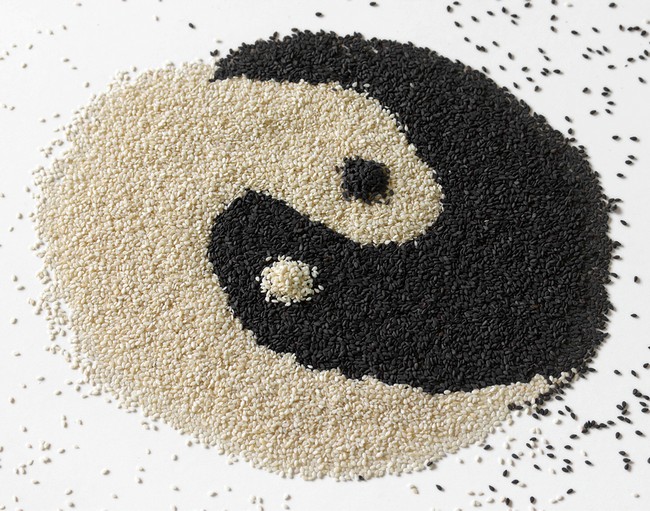
Photo credit: bigstock.com
8. Sesame Seeds
Yep, those little seeds on your bread are loaded with fiber, zinc, and calcium! Don’t let that tiny size fool you! These seeds are loaded with essential water-soluble nutrients. They contain a unique type of antioxidant which can help to fight free radicals which cause inflammation in the body.
These tiny seeds have calcium, fiber, immune boosting zinc, and a compound found to prevent the spread of cancer cells, sesamin. Just add a small handful of seeds to your salad, soup, even your yogurt. You can also use sesame seed oil or eat tahini.

Photo credit: bigstock.com
9. Cinnamon
OK, so it’s a spice, not a food, but it still deserves a place here. If the only place you get cinnamon from is a morning cinnamon roll, then it’s time for a change! Cinnamon can help to control blood sugar levels, which will lower your risk of developing diabetes and heart disease. One study found that those who consumed about ¼ teaspoon (1 gram) of cinnamon each day over the 6 week study period had lower blood sugar levels, lower LDL cholesterol, and lower triglyceride levels.
The active ingredient in cinnamon, methylhydroxychalcone, increases the ability of your cells to metabolize sugar by as much as 20 times their normal amount. You don’t have to get fancy with it, just sprinkle some in your morning coffee, oatmeal, toast, or anything else that suits you.

Photo credit: bigstock.com
10. Egg Yolks
We want you to eat the entire egg, not just the whites! Egg yolks have gotten a bad rap lately, but we need to stop thinking of them as the enemy. When you eat only the whites you are leaving about 90 percent of the nutritional value of the egg behind! Eggs have important nutrients such as lutein, which is important for healthy eyes, and choline, which is brain food. They also contain those healthy omega-3 fatty acids your heart loves!
Don’t worry about cholesterol! Studies show that dietary cholesterol does not affect the cholesterol in your blood. So feel free to eat those eggs any way you like them! Find out true facts about eggs.

Photo credit: hdwallpapersinn.com
11. Guava
This tropical fruit is popular in many other countries, but not as much in the US – yet. This fruit has an interesting way to being a tart kind of sweet when you first eat it, but it gets sweeter as you get to the center. Guavas have more lycopene (an antioxidant that has been shown to fight prostate cancer) than any other food, including watermelon and tomatoes!
Just one cup of guava has more potassium than a banana. It is also a super high fiber food with about 9 grams in every cup! You can eat the entire fruit, rind, seeds, and core. The rind has more vitamin C than an orange. Add a few of these sweet little beauties into your diet for some super cancer fighting power.
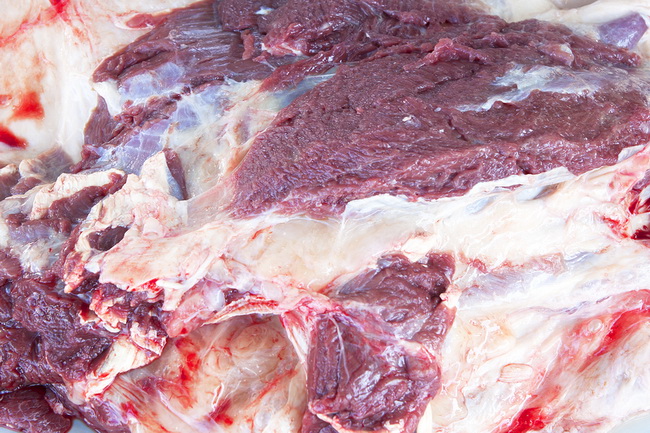
Photo credit: bigstock.com
12. Buffalo
Sometimes called Bison, this meat has it all! If what you are looking for is a low fat but nutrient rich source of animal protein then forget that boring chicken and serve up some buffalo steaks!
SEE ALSO: Filet Mignon, London Broil, and What the Heck is That?!
Native Americans knew what was good, but they probably didn’t know that bison meat has tons of B vitamins, protein, and iron, but with almost no fat and only a third of the calories of cattle. Burgers or meatballs, spaghetti or steaks, you can’t beat buffalo meat!
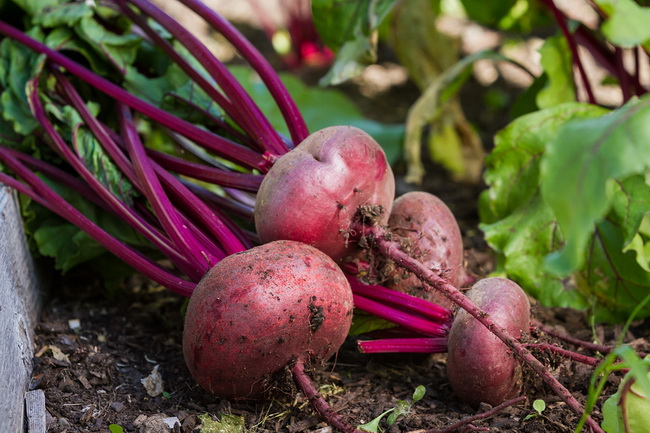
Photo credit: bigstock.com
13. Beets
Although these not so pretty on the outside root veggies are naturally sweeter on the inside than many other veggies, they also pack a huge nutritional punch. Beets have so many nutrients, Popeye should have been eating these instead! Beets contain two important compounds called Betaine and folate. Together, these two nutrients lower your body’s levels of homocysteine, which is an inflammatory substance that increases your risk of heart disease as it damages the arteries.
Betacyanin are what give beets that beautiful reddish-purple color and they have been shown in studies done with rats to fight cancer. Don’t eat those beets from the jar; they have been intensely heated, which destroys their antioxidants. Try roasting them with some garlic and olive oil for a tasty treat! By the way, don’t throw away the greens! They are super healthy, too!
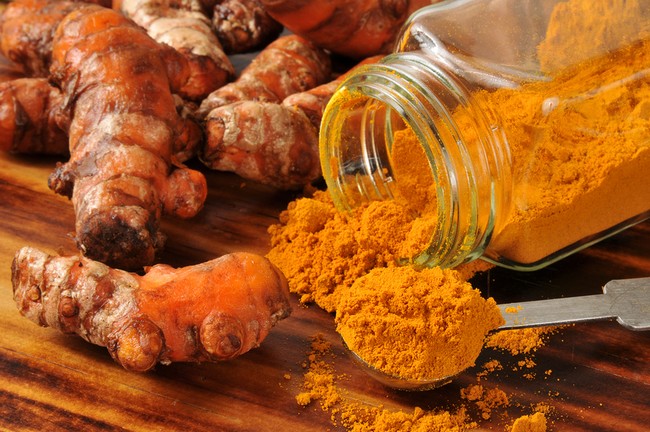
Photo credit: bigstock.com
14. Turmeric
One more spice for you! If you had to choose only one superfood (or super spice) to add to your diet, make it turmeric. It has more anti-inflammatory compounds than kale and in clinical trials; it’s beating the pants off of many prescription drugs! Turmeric can treat asthma, stop the replication of the HIV virus chain, fight cancer, prevent or stop the progression of Alzheimer’s disease, and reduce the risk of heart failure, all while slowing the accumulation of fat tissue. What more can you ask for?
Although many curries and turmeric spices have a small amount of the active ingredient, curcumin, to get all the benefits you might want to make your own turmeric tea or be certain that the product you are buying contains at least 10 percent curcumin.

Photo credit: bigstock.com
15. Swiss Chard
Native to the Mediterranean, this slightly salty, slightly bitter veggie is high in specific carotenoids, lutein and zeaxanthin, which are known to protect your eyes from aging. These nutrients accumulate in the retinas, where they absorb shortwave light rays that are known to damage the eyes. So the more Swiss chard you eat, the more you protect your eyes.
References:
































